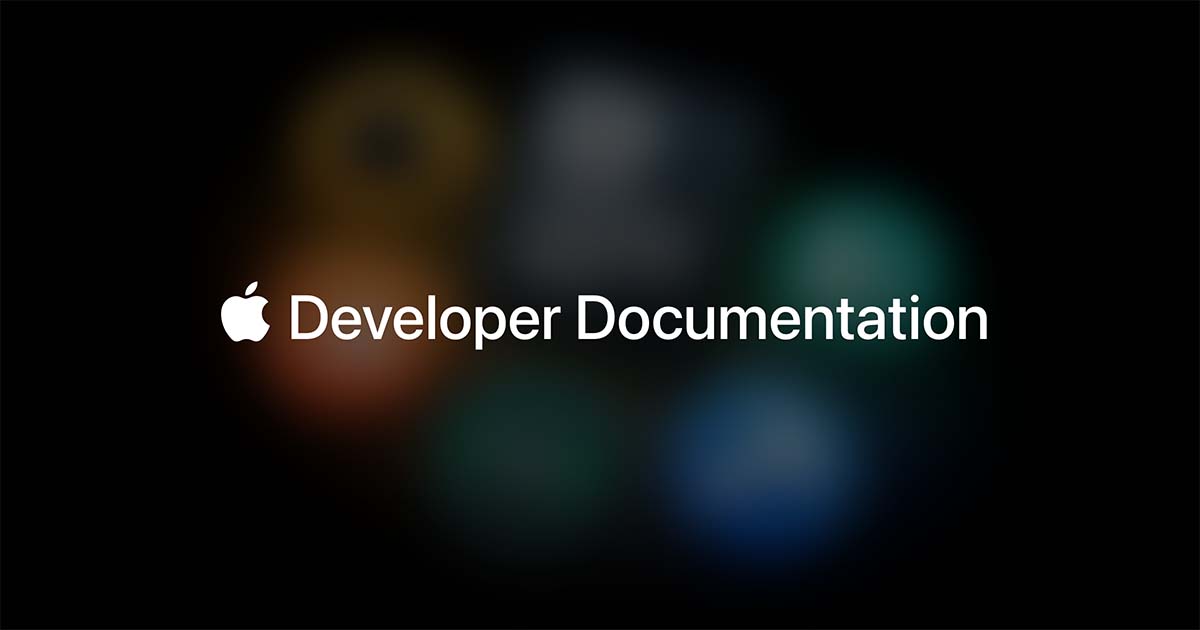Part of the contact management framework. The label for the contact’s mother’s sibling’s younger son or father’s sister’s younger son.
The constant is
CNLabelContactRelationYoungerCousinMothersSiblingsSonOrFathersSistersSon
to save a click.
What about the label for my father’s brother’s nephew’s cousin’s former roommate?
Which would surmount to absolutely nothing?
Depends on if your Schwartz is as big as mine. And how you use it
CNLabelContactRelationYoungerCousinMothersSiblingsSonOrFathersSistersSon
The label for the contact’s mother’s sibling’s younger son or father’s sister’s younger son.
I thought it was just a male cousin, but it doesn’t include a cousin who’s your uncle’s son. Which culture needs this?
I think Chinese and Korean culture share this concept, and I wouldn’t be surprised if there were more Asian languages who did. Since a daughter joins her husband’s family upon marriage, their children are considered belonging to the other family. I recently learner that apparently there’s a saying in Korean that daughters always leave things at their mother’s house when they get married so they have a reason to come back despite having left the family.
It refers to a male cousin that is NOT in the same paternal line, so maybe not too uncommon?
China, at least. Lots of distinction between mother side and father side. Grandma can be 老老 laolao (mother’s mother) or 奶奶 nainai (father’s mother), for example.
*姥姥
Thanks for correcting. Pleco confirmed the one I wrote, but this is the one I learnt and actually wanted to write!
deleted by creator
That has to be because in Chinese there is a single word for it, like for so many other relative nouns.
… I think I found it : 老表 (laobiao) Defined as “male cousin (on the maternal side or on the paternal aunt’s side)”
I think this is just 表弟 (younger male cousin). 老表 is too casual to be used as a tag in phone book.
Tim Apple is from Alabama after all
Why is there an “or” in there, how does that help?
deleted by creator







